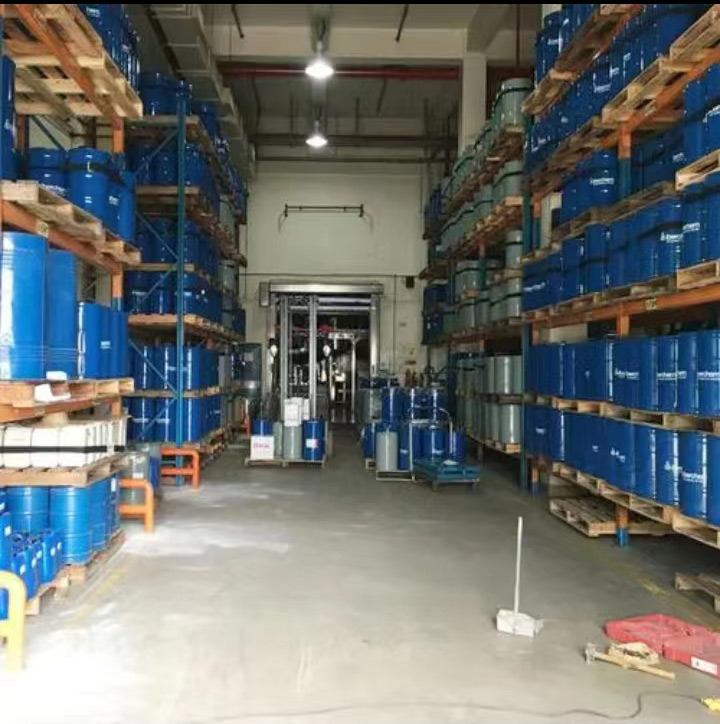Overview and History of Chemical and Pharmaceutical Intermediates
I. Overview of chemical and pharmaceutical intermediates
Chemical pharmaceutical intermediates are a very important part of the pharmaceutical industry, referring to raw materials or semi-finished products in the pharmaceutical industry. These substances undergo a series of chemical reactions to eventually form pharmaceutical products. These chemicals usually exist in liquid or solid form and belong to various types of organic compounds such as acids, alcohols, carboxylic acids, phenols, cork and so on. Chemical pharmaceutical intermediates include common raw materials used in organic synthesis, such as acetic acid, acetone, toluene, methanol, and so on. It also includes various organic intermediates such as ketones, alcohols, aldehydes, acids, amines, oxides, and so on.
The manufacturing process of chemical and pharmaceutical intermediates is usually divided into three stages. Firstly, the chemical substances are prepared and separated, followed by conventional organic synthesis methods including heating, cooling, dissolution and precipitation. Finally, the chemical substance undergoes a post-treatment process that includes operations such as filtration, washing, drying and grinding. The combination of these basic steps culminates in the formation of high-purity chemical-pharmaceutical intermediates that can be used in the manufacture of a wide range of drugs.
Second, the development history of chemical and pharmaceutical intermediates
Chemical and pharmaceutical intermediates are widely used in the pharmaceutical manufacturing industry. In the past few decades, with the continuous improvement and development of organic chemical synthesis methods, the preparation and use of chemical and pharmaceutical intermediates have also been significantly improved and upgraded. The following is the history of the development of chemical-pharmaceutical intermediates:
In the 1960s, chemical synthesis methods began to be widely used. The production of intermediates during this period relied on traditional organic chemistry methods, mainly for the manufacture of small molecule chemicals.
1970s to 1980s
During this period, there were significant improvements in synthetic methods, most notably the use of metal catalysts. This enabled the manufacture of complex organic molecules. In addition, the precise synthesis of chemical and pharmaceutical intermediates and the isolation of high-purity compounds were improved.
1990s to present
During the 1990s, the development of high-throughput synthetic and analytical methods led to significant advances in organic chemistry and drug manufacturing. This has also fuelled the development of more precise and efficient manufacturing of chemical and pharmaceutical species. In contrast, modern pharmaceutical research and manufacturing has focused more on the use of intermediates, especially in the manufacture of highly complex drugs.
In conclusion, the methods of synthesis of chemical and pharmaceutical intermediates are constantly changing and upgrading as organic chemistry and modern pharmaceutical technology continue to advance. Their high-quality preparation is critical to the success of modern pharmaceutical manufacturing.





